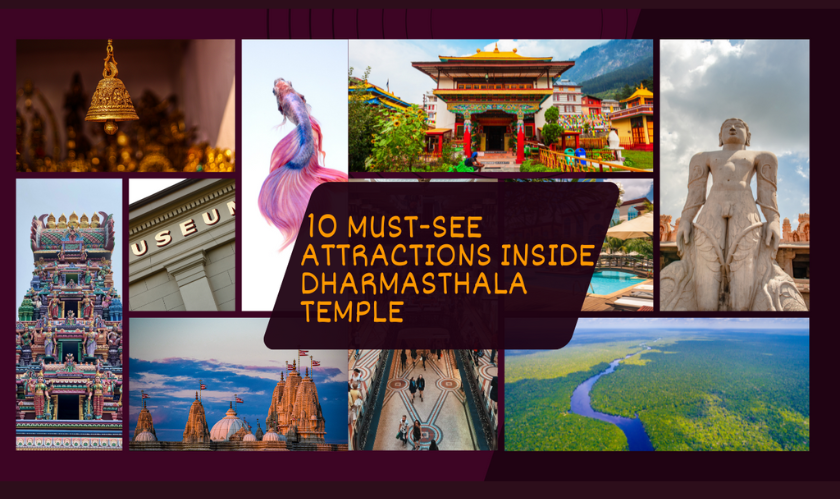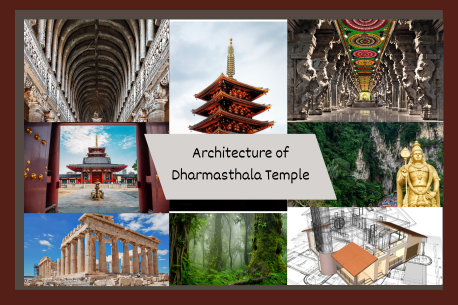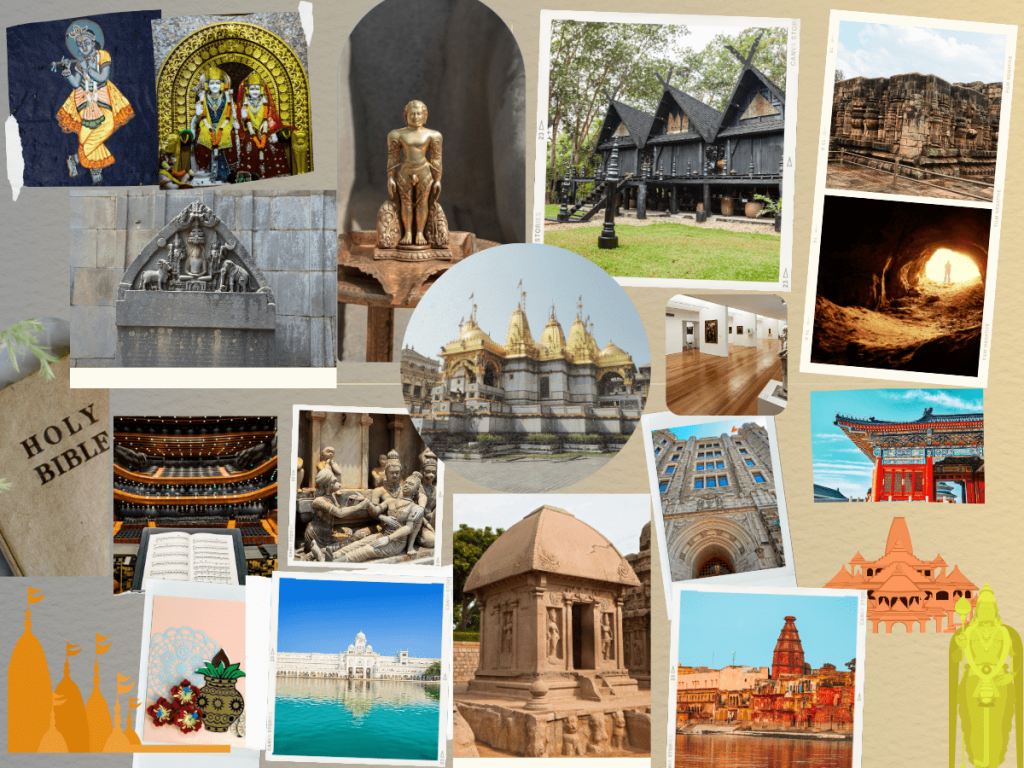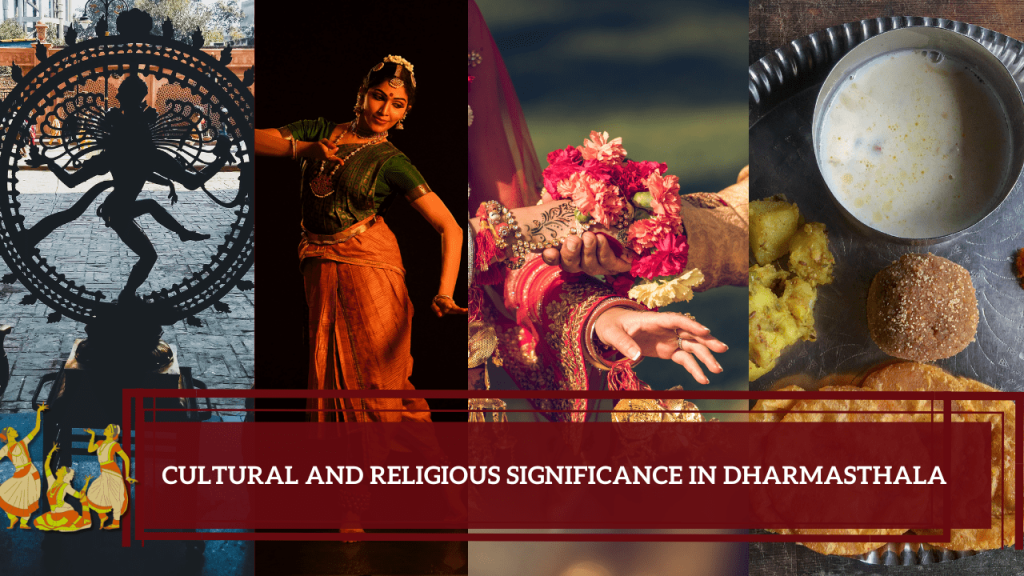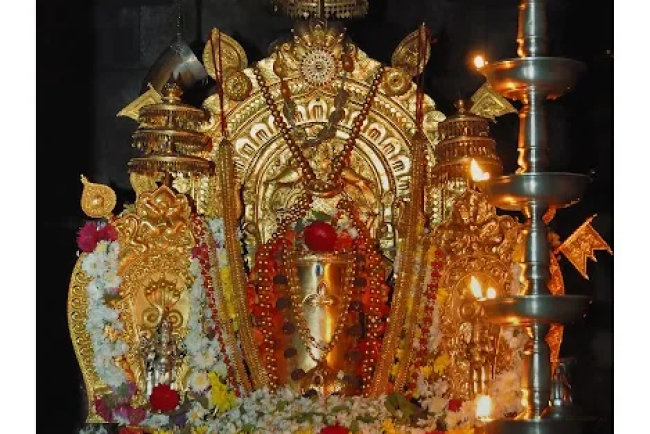10 Must-See Attractions Near Dharmasthala Temple
Discover 10 must-see attractions near Dharmasthala Temple, from scenic spots to spiritual landmarks. Plan your visit to explore these stunning destinations.

A Comprehensive Guide to the 10 Must-See Attractions Near Dharmasthala Temple
What's Your Reaction?







